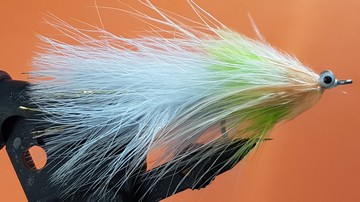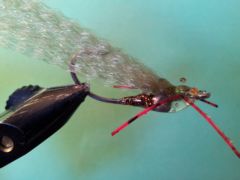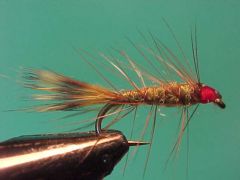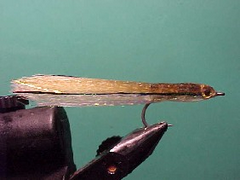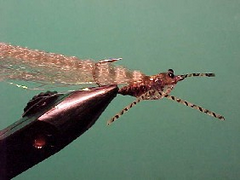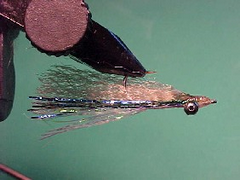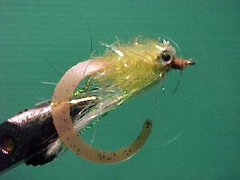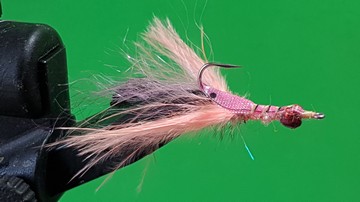Tidal flats shrimp – orange and brown
This orange and brown size #2 hook version of my tidal flats shrimp is my first choice of fly when targeting feeding trigger fish. It stands out in the storm of mud and other debris that trigger fish stir up as they forage around for food.


